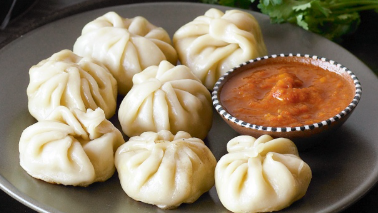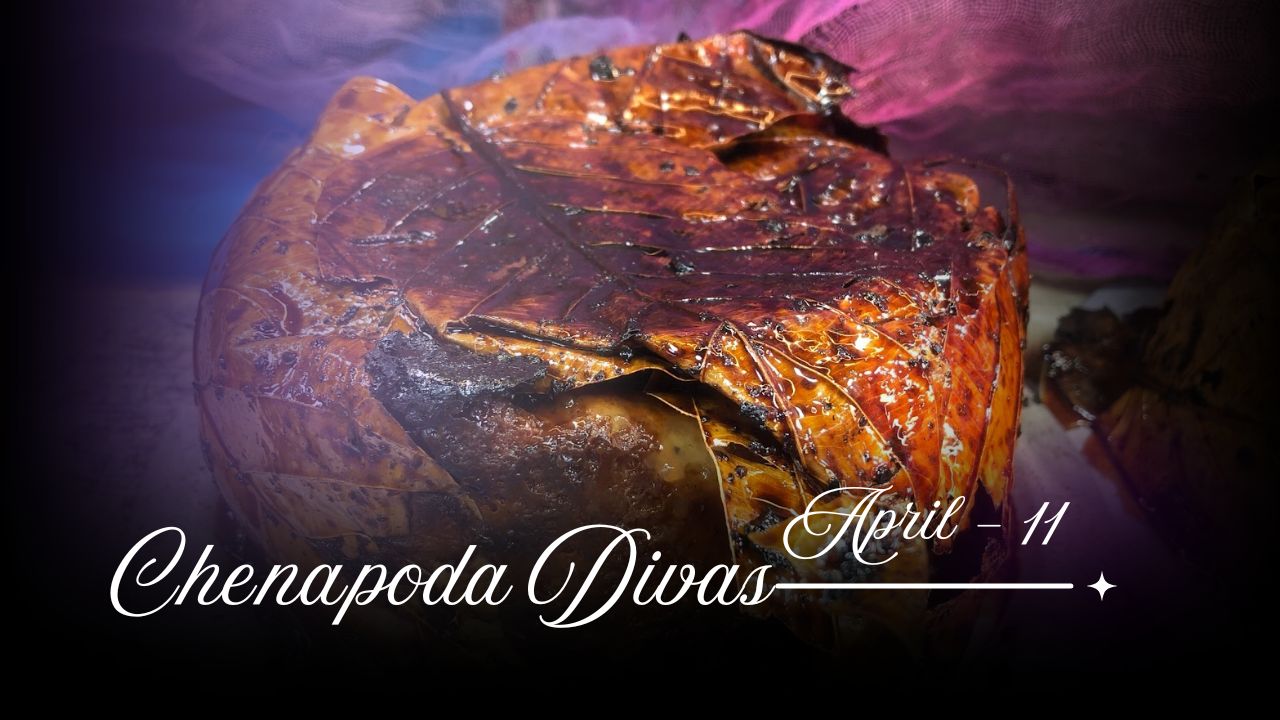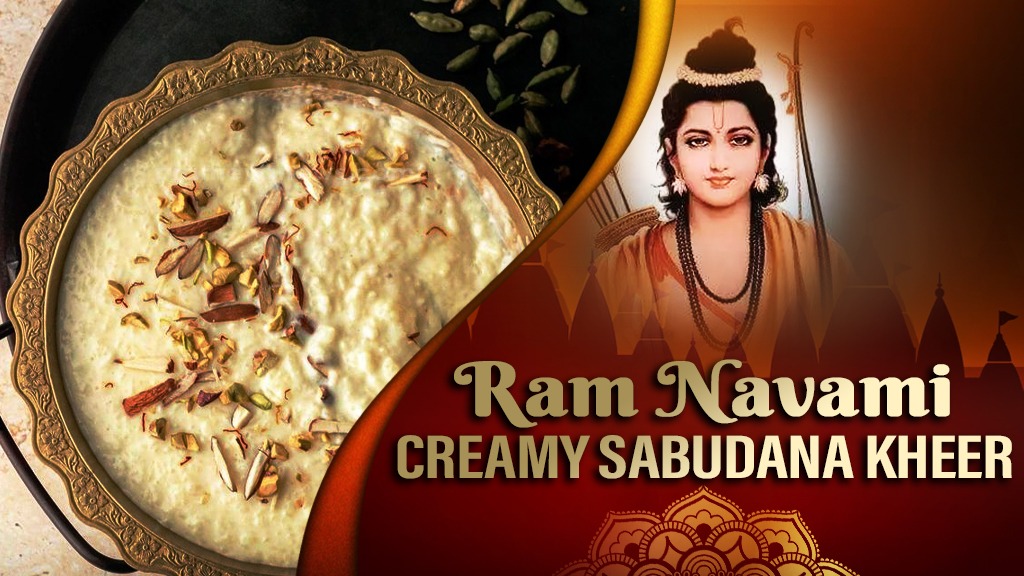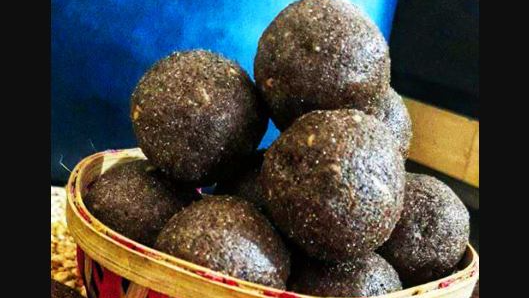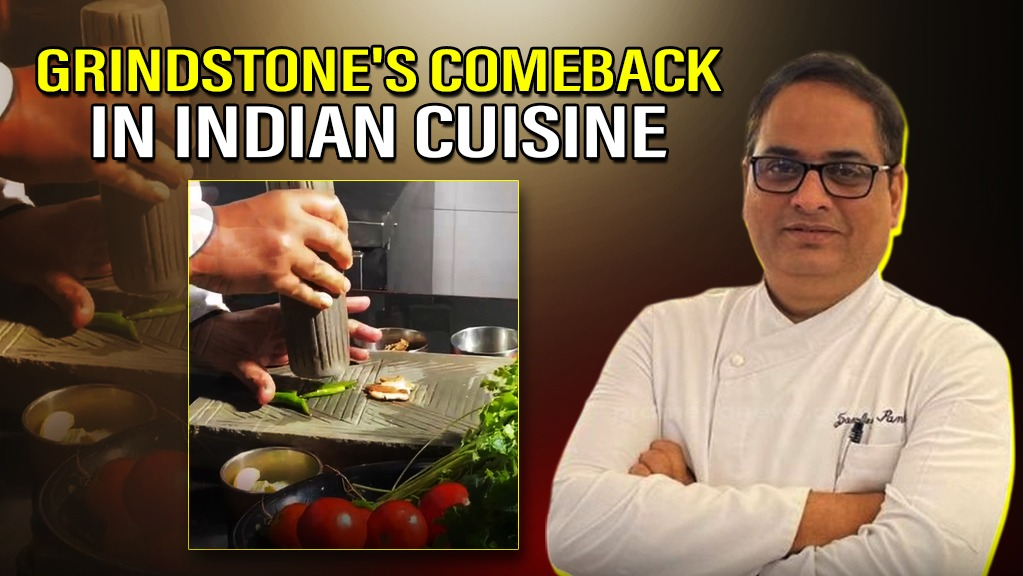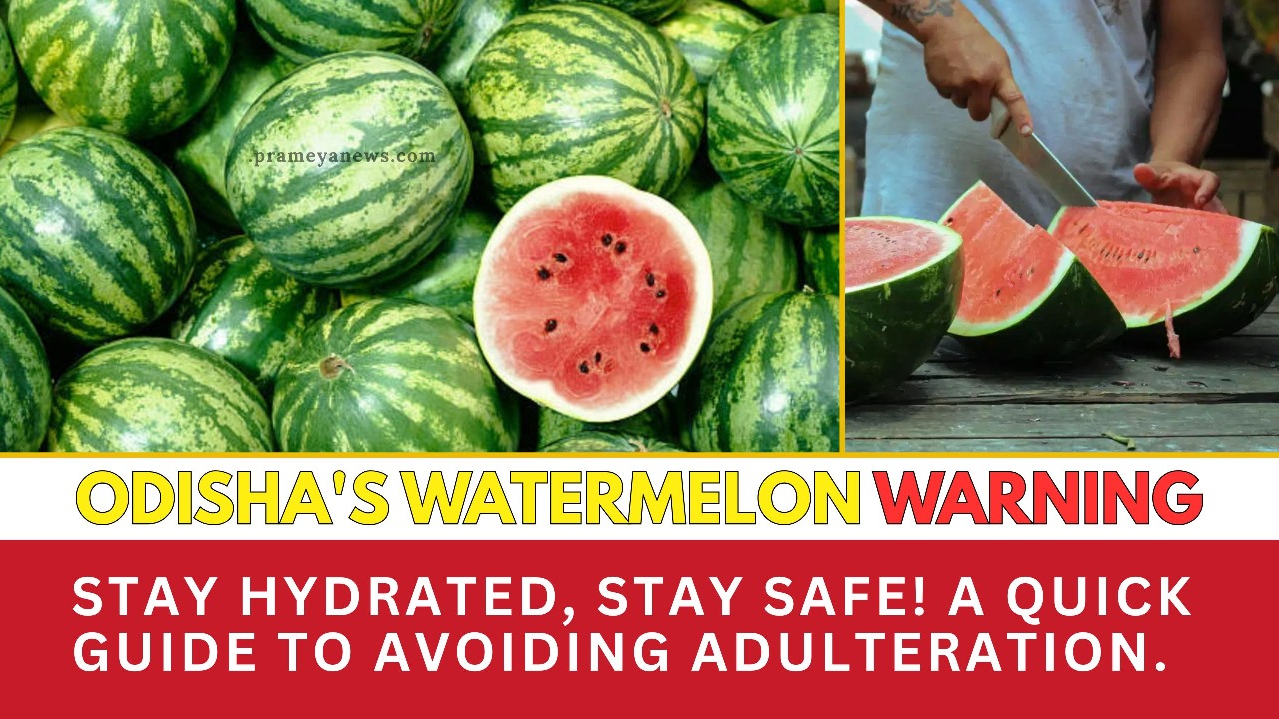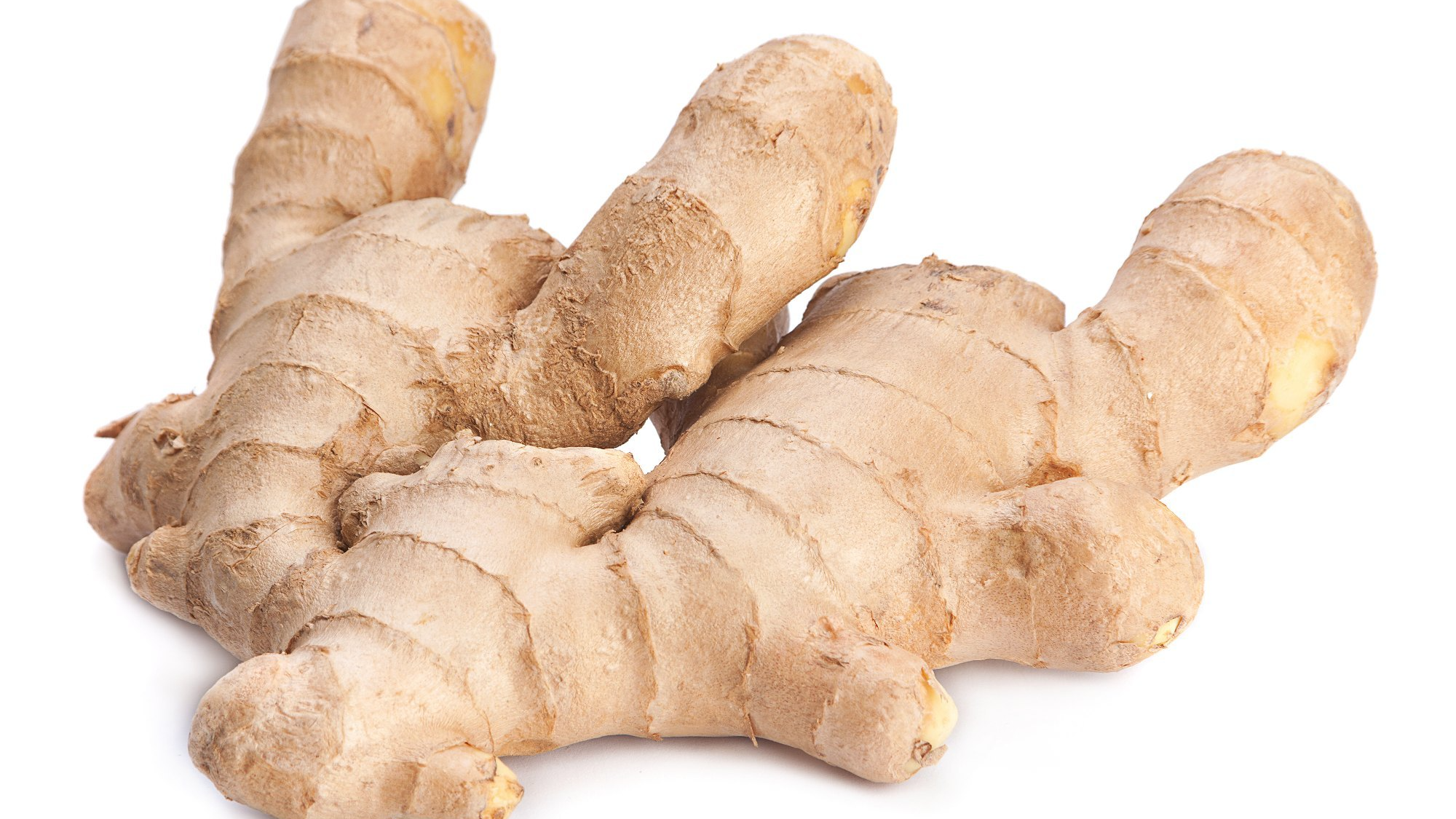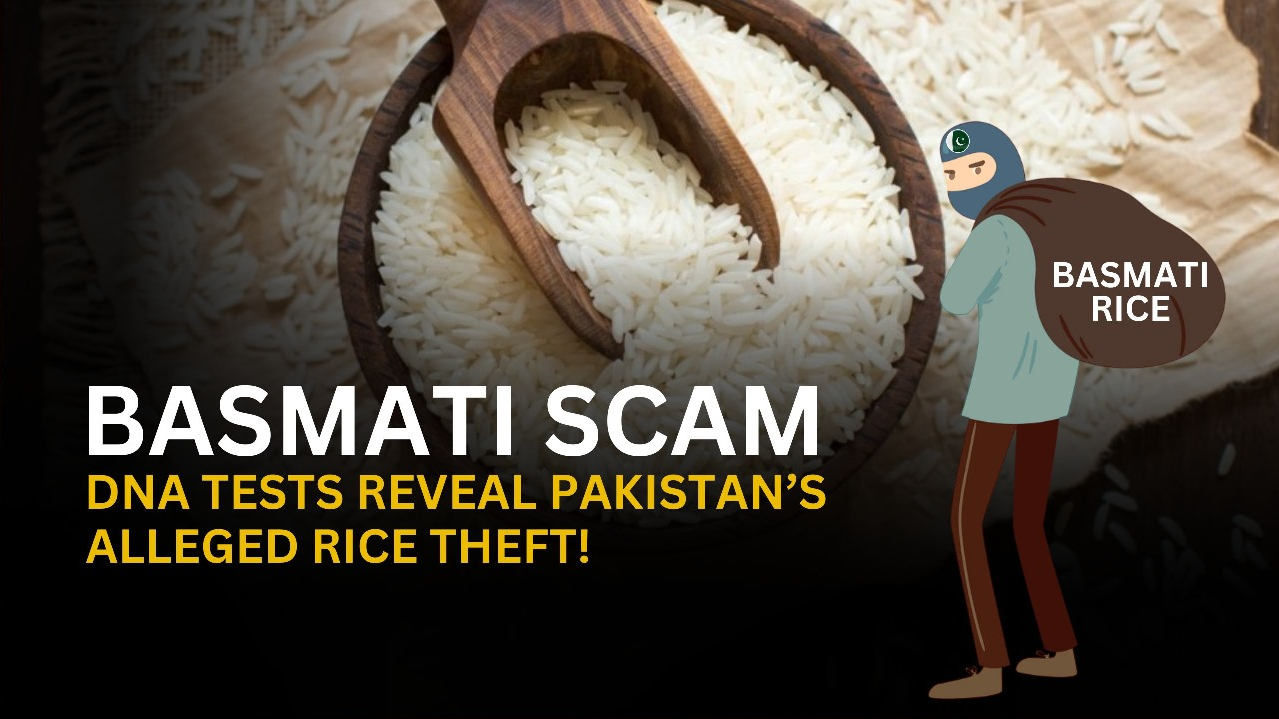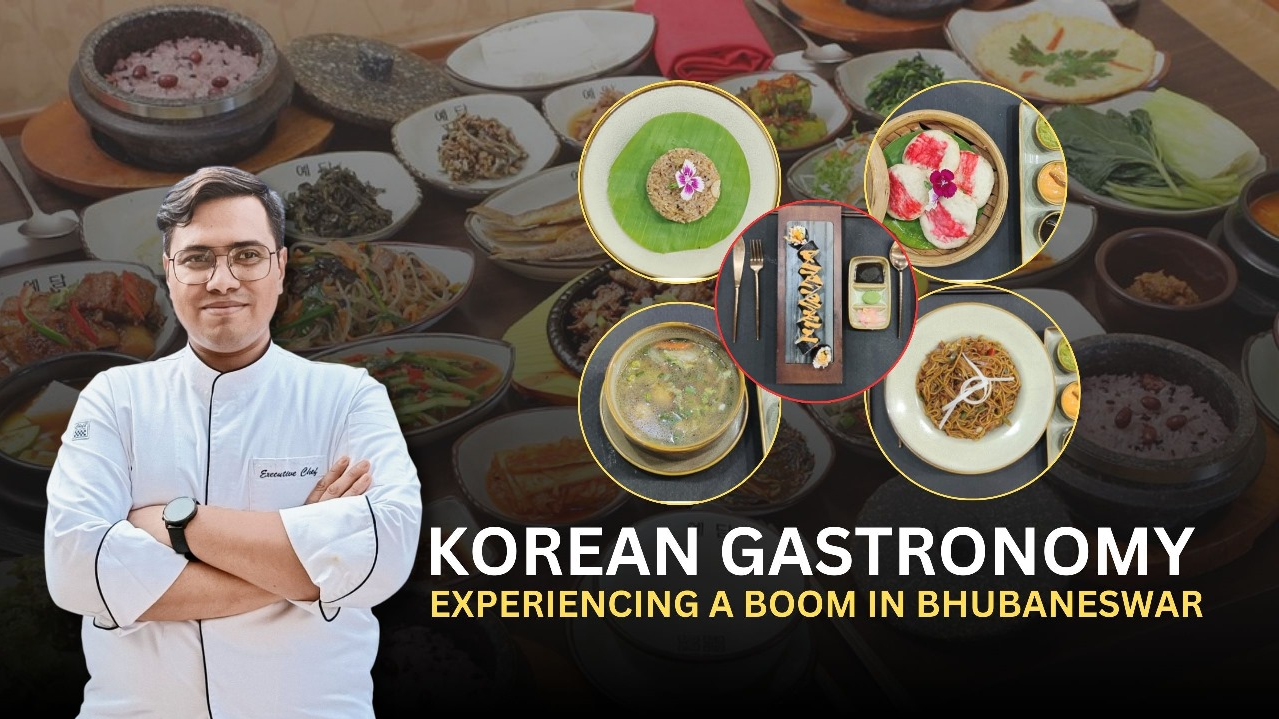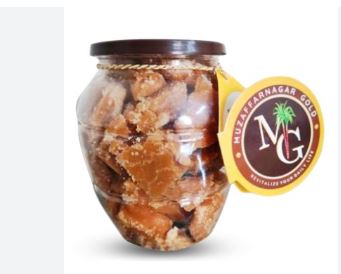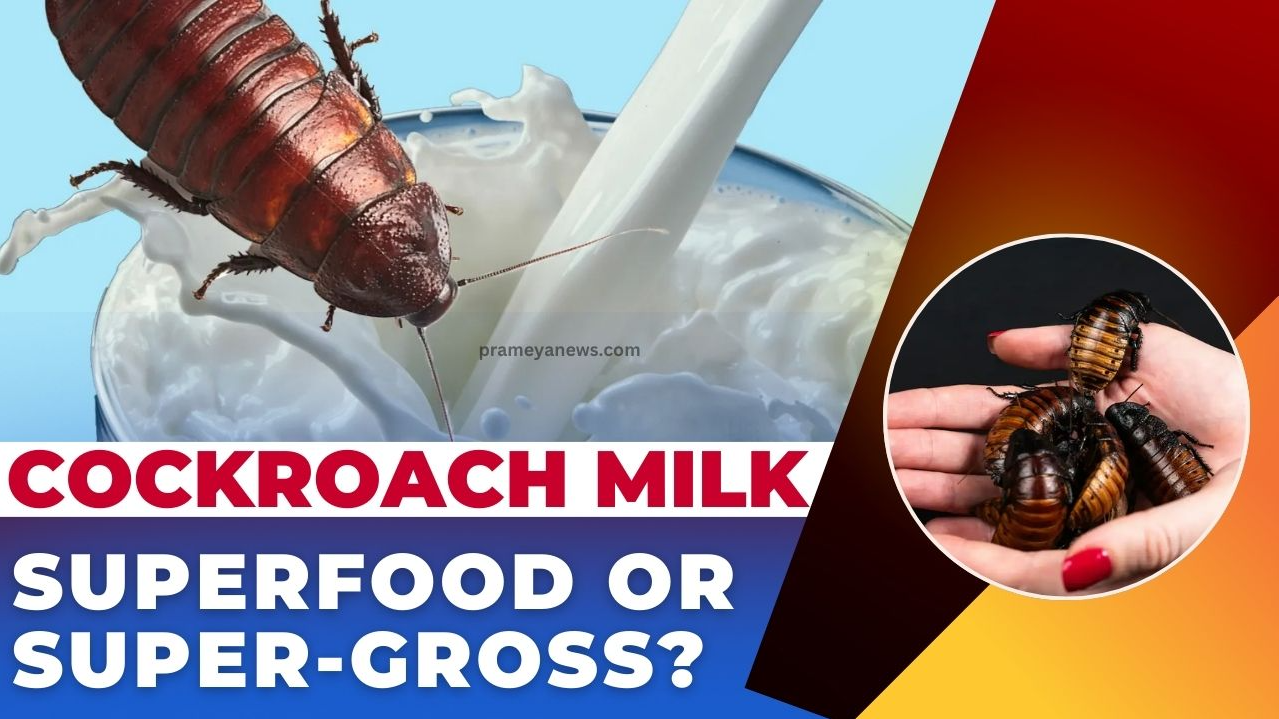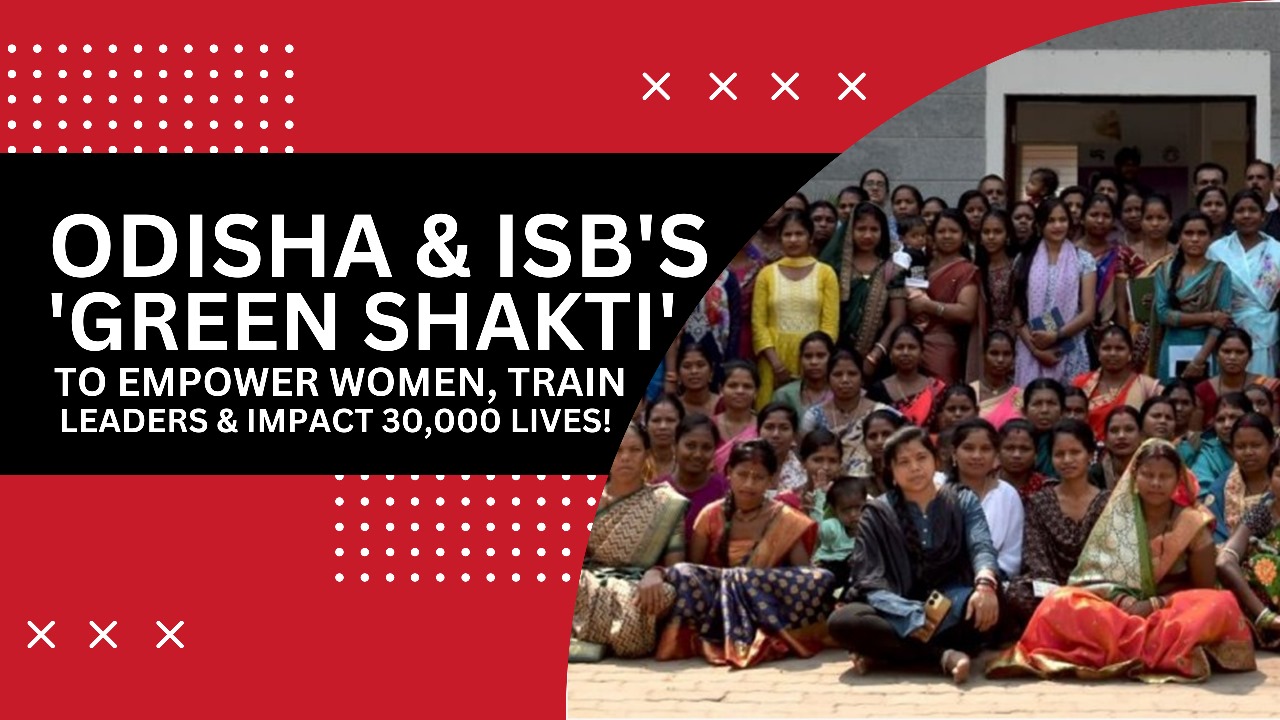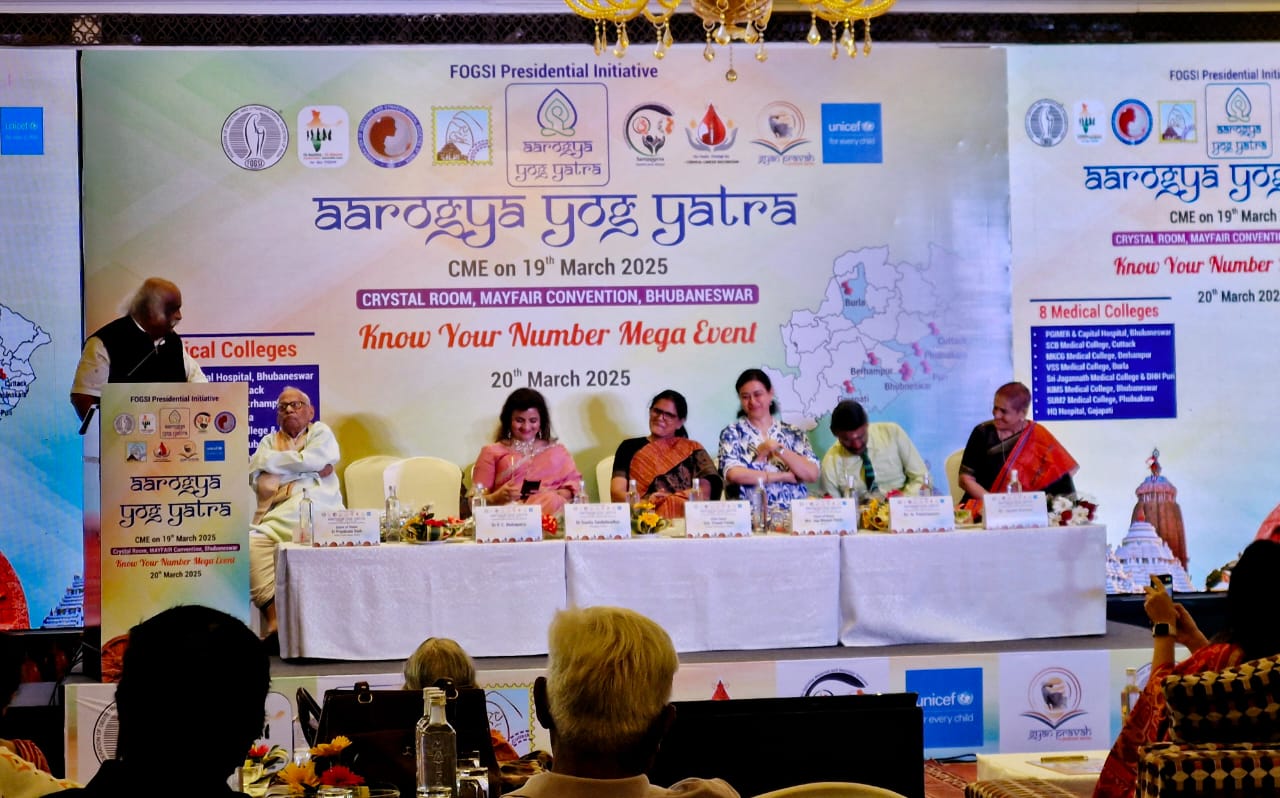Bhubaneswar: The steaming plate of dumplings arrives at the table, accompanied by fiery red chutney. Momos, the beloved street food that has conquered urban India over the past decade, have become a cultural phenomenon—convenient, affordable, and undeniably satisfying. But behind their delicious exterior lurks a range of potential health concerns that medical professionals are increasingly warning about.
"Momos represent a perfect storm of health risk factors," says Dr. Ananya Sharma, nutritionist at Apollo Hospitals, Delhi. "While an occasional indulgence isn't problematic, the combination of refined flour, high sodium content, and MSG can contribute to significant health issues when consumed regularly."
The primary concern cited by health experts revolves around how these popular dumplings are prepared and served, particularly in street-side stalls where hygiene standards may be compromised.
"Food safety is a serious concern with street momos," explains Dr. Vikram Gupta, a public health specialist who has studied street food safety across major Indian cities. "The temperatures at which street vendors store meat fillings often fall within the 'danger zone' where bacteria multiply rapidly. Additionally, many vendors reuse oil for frying momos, creating harmful compounds that may contribute to long-term health problems."
Several recent food poisoning incidents have been linked to contaminated momos. In the cpaital city Bhubaneswar last year, over 25 people were hospitalized after consuming momos from a popular street vendor. Laboratory analysis revealed the presence of Salmonella bacteria, likely from improperly stored chicken filling.
Beyond immediate food safety concerns, doctors point to long-term health effects associated with regular consumption. Dr. Meera Patel, a gastroenterologist at Apollo Hospitals, notes a correlation between frequent momo consumption and digestive issues.
"I've seen a marked increase in young patients with digestive complaints who consume momos multiple times per week," she reports. "The complaints range from acid reflux to more serious inflammatory conditions. While momos alone aren't responsible, they exemplify the problematic modern diet—high in refined carbohydrates, sodium, and artificial additives."
The use of monosodium glutamate (MSG) as a flavor enhancer in many momo recipes has also raised eyebrows among health professionals. While the FDA classifies MSG as "generally recognized as safe," some individuals report sensitivity to the compound, experiencing symptoms including headaches, flushing, and sweating after consumption.
"MSG sensitivity is real, though perhaps less common than popularly believed," explains Dr. Sharma. "More concerning is that MSG enhances flavor in a way that encourages overconsumption, leading people to eat larger portions than they might otherwise."
The white flour used in momo wrappers presents another health consideration. Dr. Rakesh Mishra, an endocrinologist specializing in diabetes care, warns about blood sugar impacts. "White flour is rapidly converted to glucose in the bloodstream, causing sharp spikes in blood sugar levels. For pre-diabetic individuals or those with insulin resistance, regular consumption of foods like momos can contribute to developing type 2 diabetes."
Doctors are particularly concerned about children and teenagers, who make up a significant portion of momo enthusiasts. A survey conducted across ten schools in the National Capital Region found that nearly 70% of students aged 12-16 consumed momos at least twice weekly, often as an after-school snack.
"We're creating lifelong dietary patterns during these formative years," warns pediatrician Dr. Shalini Kumar. "When children regularly consume high-calorie, low-nutrient foods like momos, they're not only at risk for immediate health issues but are establishing preferences that may lead to obesity and related conditions later in life."
Not all medical professionals view momos as inherently problematic, however. Dr. Rajiv Chandak, a culinary medicine specialist, suggests that healthier versions can be part of a balanced diet.
"The issue isn't momos themselves, but how they're prepared," he explains. "Steamed momos made with whole wheat flour and filled with vegetables can actually be quite nutritious. The problem comes with deep-fried varieties filled with processed meats and served with salt-laden sauces."
For momo lovers unwilling to give up their favorite snack, doctors recommend several strategies to reduce health risks: choose steamed over fried varieties, opt for vegetable fillings rather than meat when eating from street vendors, and consume them as an occasional treat rather than a dietary staple.
"Moderation is key," emphasizes Dr. Sharma. "Enjoying momos once in a while won't cause harm for most people. The problems arise when they become a regular meal replacement or daily snack."
As with many beloved foods, the relationship between momos and health comes down to informed choices and balance—understanding the potential risks while finding ways to enjoy culinary pleasures responsibly.







